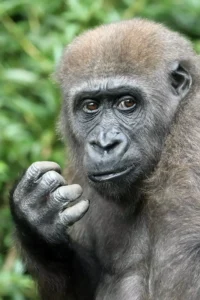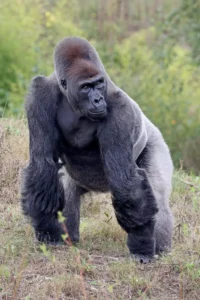An In-depth Exploration
Gorillas, the majestic and powerful primates, have always been a subject of fascination for many. Their close genetic relation to humans, combined with their unique habitats and lifestyles, makes them an intriguing species to study. In this article, we will delve deep into the habitats of gorillas, exploring the regions they call home and the challenges they face in these environments.
Key Takeaways:
- Gorillas primarily reside in the tropical rainforests of Africa.
- They are divided into two main species: the eastern gorilla and the western gorilla.
- Human activities pose significant threats to their habitats.
- Conservation efforts are in place to protect these magnificent creatures.
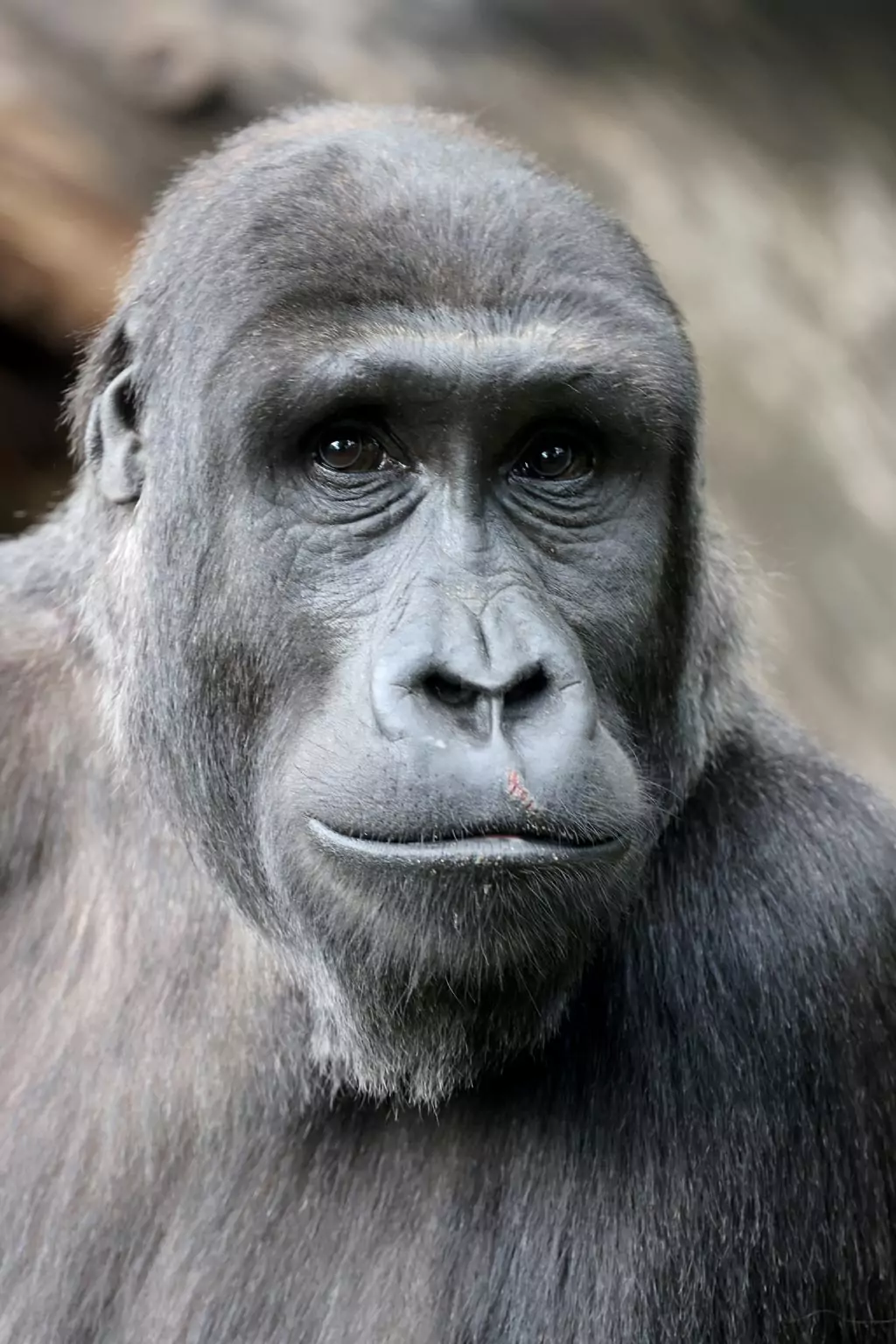
Habitats of the Gorilla
Mountain Gorillas: The Highland Dwellers
Mountain gorillas, a subspecies of the eastern gorilla, are found in high-altitude regions of east-central Africa. They inhabit two primary isolated groups. One group resides in the Virunga Volcanoes, spanning three national parks across Uganda, Rwanda, and the Democratic Republic of Congo (DRC). The other group can be found in the Bwindi Impenetrable National Park in Uganda, which connects to the Sarambwe Nature Reserve in DRC. These gorillas prefer montane and bamboo forests, often surrounded by human agriculture and settlements. Learn more about their fascinating lives.
Western Gorillas: The Lowland Inhabitants
While the eastern gorilla has been extensively discussed, the western gorilla, primarily residing in west central Africa, also has its unique habitats and challenges. These gorillas are more adapted to lowland tropical rainforests, making their living conditions slightly different from their mountain counterparts.
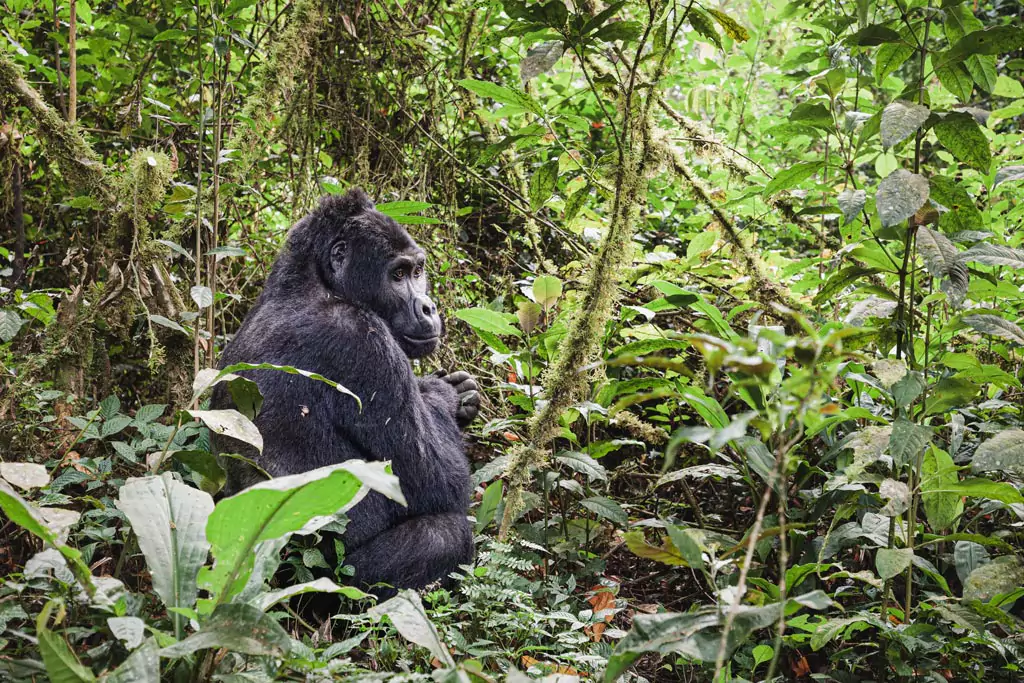
Threats to Gorilla Habitats
Despite their strength and dominance in the animal kingdom, gorillas face numerous threats in their natural habitats. The primary challenge is habitat degradation. As human populations in these regions grow, more land is converted for agriculture, leading to deforestation. This not only destroys the gorillas' homes but also brings them in closer contact with humans, exposing them to diseases. Moreover, gorillas often venture onto farmlands, leading to conflicts with humans. Poorly managed gorilla tourism can also negatively impact their behavior and health. Learn more about these challenges here.
Conservation Efforts
Recognizing the threats faced by gorillas, numerous conservation efforts are in place. Organizations like the International Gorilla Conservation Programme (IGCP), a coalition between WWF, Conservation International, and Fauna & Flora International, work tirelessly to protect these primates and their habitats. They engage in activities like gorilla monitoring, habitat preservation, and community engagement to ensure the long-term survival of gorillas.
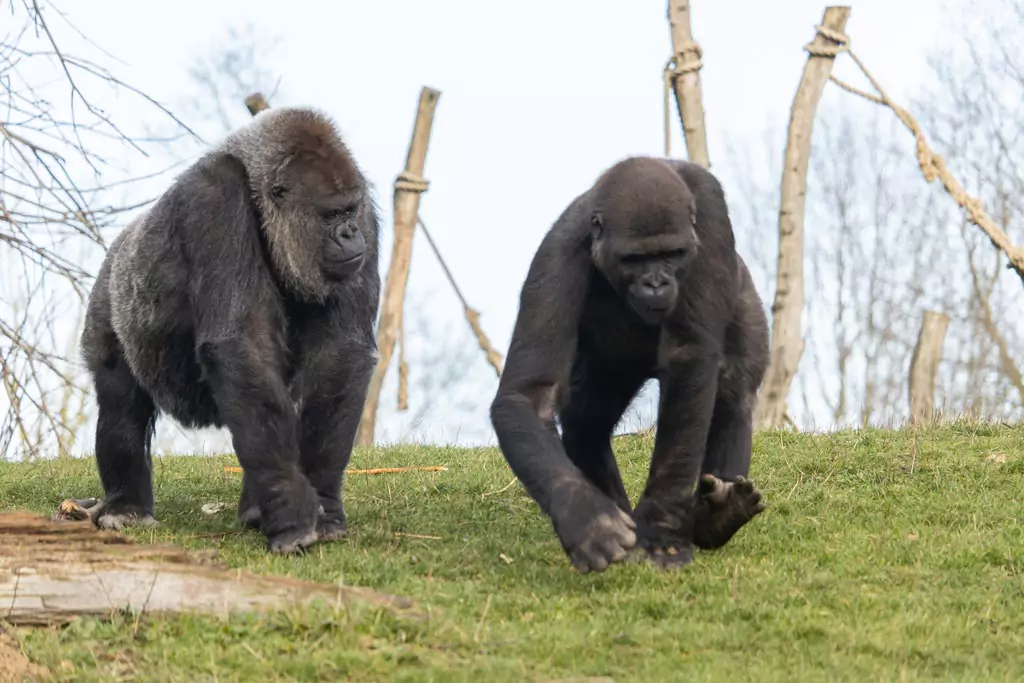
Gorilla Facts: Did You Know?
- Genetic Similarity: Humans share approximately 98% of their DNA with gorillas. This close genetic relation means that even common human illnesses can adversely affect gorillas.
- Dietary Habits: Mountain gorillas spend about a quarter of their day eating, primarily consuming plants. Their diet consists of leaves, shoots, stems, and occasionally insects and other small creatures.
- Social Structure: Most gorillas live in stable family groups, with one dominant male and multiple females. Both males and females in the group care for their young, showcasing a strong sense of community.
Frequently Asked Questions (FAQs)
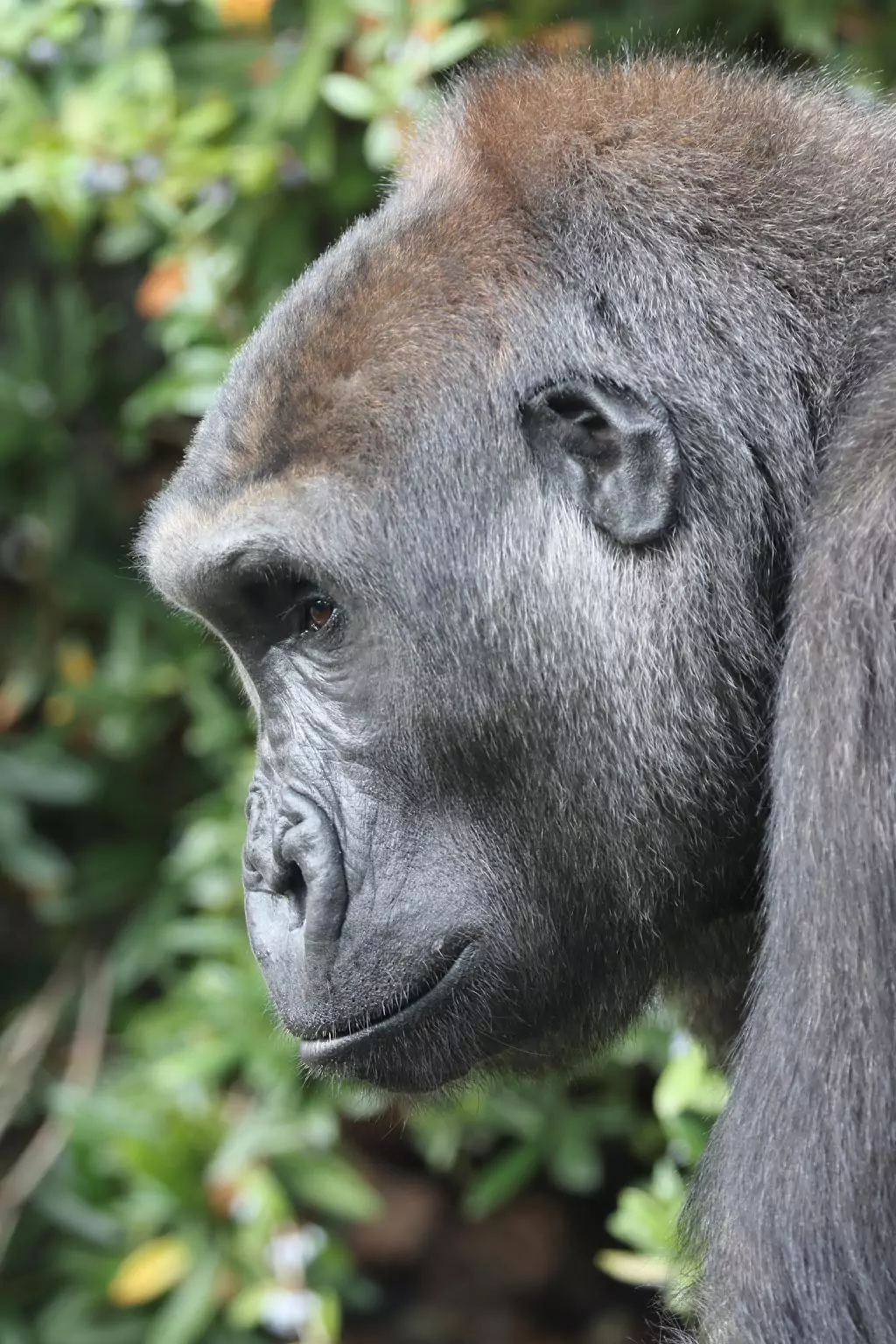
1. How closely related are gorillas to humans?
Gorillas are one of our closest living relatives, sharing between 95% and 99% of our DNA. This close genetic relation has led scientists to observe that gorillas display individual personalities, emotions like grief and compassion, and even the ability to use tools.
2. What are the different species of gorillas?
There are two primary gorilla species: the Western Gorilla and the Eastern Gorilla. Each of these has two sub-species. The Western Gorilla comprises the Western Lowland Gorilla and the Cross River Gorilla, while the Eastern Gorilla includes the Mountain Gorilla and the Eastern Lowland Gorilla.
3. What do gorillas eat?
Gorillas are mainly herbivorous. Their diet consists predominantly of leaves, shoots, and stems. They also consume some fruit and small animal prey like grubs, caterpillars, snails, termites, and ants. The Western Lowland gorilla, in particular, has a diet with a higher proportion of fruit.
4. How do gorillas communicate?
Gorillas have a range of complex vocalizations used for various purposes, from locating each other to expressing contentment. They use sounds like grumbles, roars, hoots, and even a ‘belch vocalization' among Mountain gorillas as a sign of contentment while foraging. Interestingly, some gorillas have even been taught basic human sign language.
5. Are gorillas endangered?
Yes, all gorilla species are endangered, primarily due to habitat loss, hunting, and human activities. The Cross River Gorilla is particularly at risk, with fewer than 300 wild individuals remaining. Conservation efforts are ongoing to protect these majestic creatures and their habitats.
[[img alt="Gorilla in the wild"]]
Gorilla Behavior and Social Structure
Gorillas live in fairly stable social groups, typically consisting of one dominant male, known as the silverback, and multiple females with their offspring. These groups exhibit strong social bonds, often reinforced through ‘social grooming', where gorillas comb each other with their fingers and teeth.
Young males, upon reaching the age of 8-11, usually emigrate from their birth group to either join another group or form new ones. This migration helps prevent inbreeding within the groups.
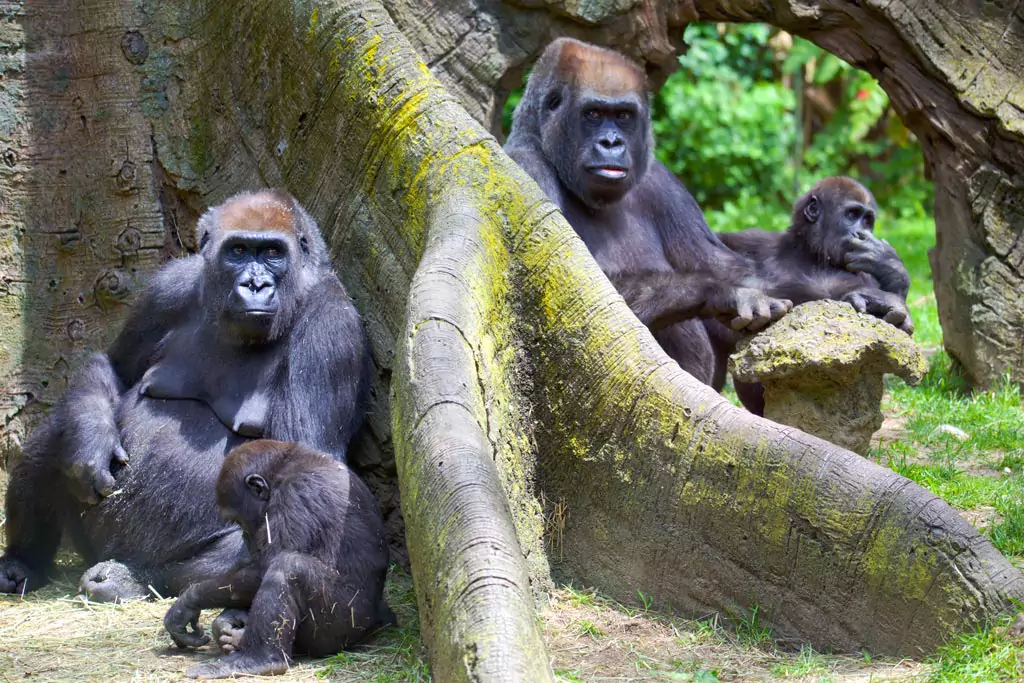
Conservation and the Way Forward
The threats faced by gorillas are manifold, from habitat degradation to hunting. Organizations worldwide are working tirelessly to ensure the survival of these primates. Efforts include habitat preservation, community engagement, and gorilla monitoring. One such initiative is the International Gorilla Conservation Programme (IGCP), a coalition between WWF, Conservation International, and Fauna & Flora International. Their mission is to conserve gorillas and their habitats, working in collaboration with local communities.

